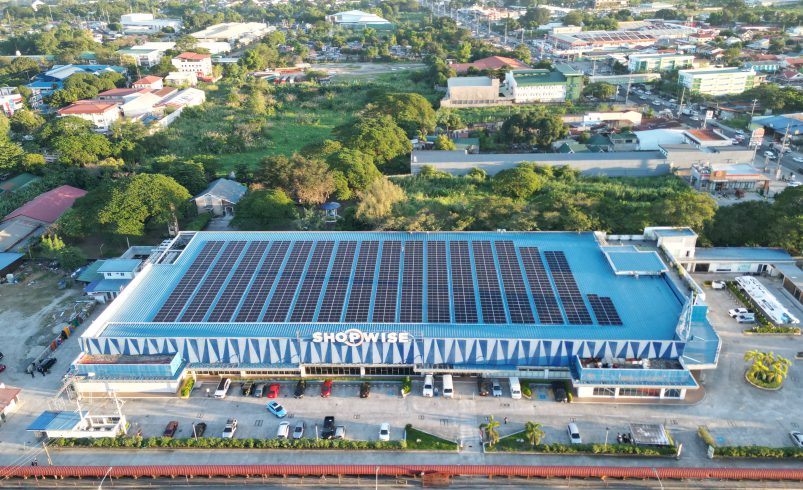Sungrow Expands PH Footprint with Regional Warehouses, Localized Training, and Broader Voltage Options
- August 13, 2025
- 0

Sungrow is scaling up its local presence in the Philippines as the country emerges as one of Southeast Asia’s fastest-growing solar markets. With three regional distribution hubs, a soon-to-launch training center, and an expanded product line that now includes multi-voltage configurations tailored for the Philippine grid, the company is sharpening its focus on localized support and long-term serviceability.
“We have different distributors in Manila, in Cebu, and in Davao,” Kimi Ji, Sales Manager of Sungrow APAC told Power Philippines during an interview. “From the location, you can see that for now, our distribution business can cover the north, middle, and south parts of the Philippines.”
Each distributor hub is stocked with spare units, ensuring timely service interventions in case of system issues. In addition to partner-held inventory, Sungrow also maintains its own warehouse in Las Piñas, where units and parts are reserved exclusively for after-sales support.
“This part of the stock is just for service, not for selling,” Kimi added, citing the need to avoid downtime in areas with limited repair access.
The emphasis on localized inventory marks a shift from typical OEM practices, where service fulfillment often suffers due to logistical constraints or cross-border procurement delays. Sungrow’s strategy aims to bridge this gap—especially as the company deepens its presence in the commercial and industrial (C&I) segment, where uptime and response speed are critical.
Training Center to Launch in August
The company also confirmed plans to open a dedicated training center in the Philippines by August 2025. Modeled after Sungrow’s Vietnam operations—which hold monthly sessions for EPC developers and engineering students—the Philippine facility will help standardize local technical know-how across partners, installers, and future talent.
“We are trying to set up our training room in the Philippines,” Kimi said. “Starting from August, we will also gather some EPC developers or some students from the university to do regular training.”
The move reflects Sungrow’s long-term intent to develop a full service ecosystem around its technologies—not just through product deployment but by building capabilities at the grassroots level. This includes local troubleshooting, installation standards, and advanced diagnostics.
Tailored Voltage Options for C&I Users
Sungrow also addressed a common pain point in the Philippine market: inconsistent voltage standards across commercial sites. While the company initially only offered a 3-phase 400V option, it has since expanded to accommodate a wider range of voltage inputs, including 3-phase 200V/400V/480V.
“For C&I there are a lot of kinds of voltage… Actually, in the beginning, we only had the 3-phase 400W products,” Xu Chuya, Product Manager for Sungrow’s Residential and Commercial Business Units said. “But just after two years, we now have enough products for our distributor to support all the multiple voltages in CCNX and LFO.”
This wider compatibility gives developers and installers more flexibility in choosing the right inverters for specific industrial use cases, especially in older facilities where voltage irregularities remain a challenge.
PH Among Region’s Fastest-Growing Markets
Asked which countries Sungrow sees as top growth drivers in Southeast Asia over the next 12 to 18 months, the answer was clear: the Philippines and Vietnam.
“From the marketing capacity, I think for now, the largest market is the Philippines in the SEA region,” Xu added, referring specifically to the BESS segment.
While market size is not the company’s only measure of priority, Sungrow’s commitment to Philippine-specific product engineering, localized warehousing, and capacity-building initiatives shows how seriously it is investing in the country’s clean energy transition.
Follow Power Philippines on Facebook and LinkedIn or join our Viber community for more updates.